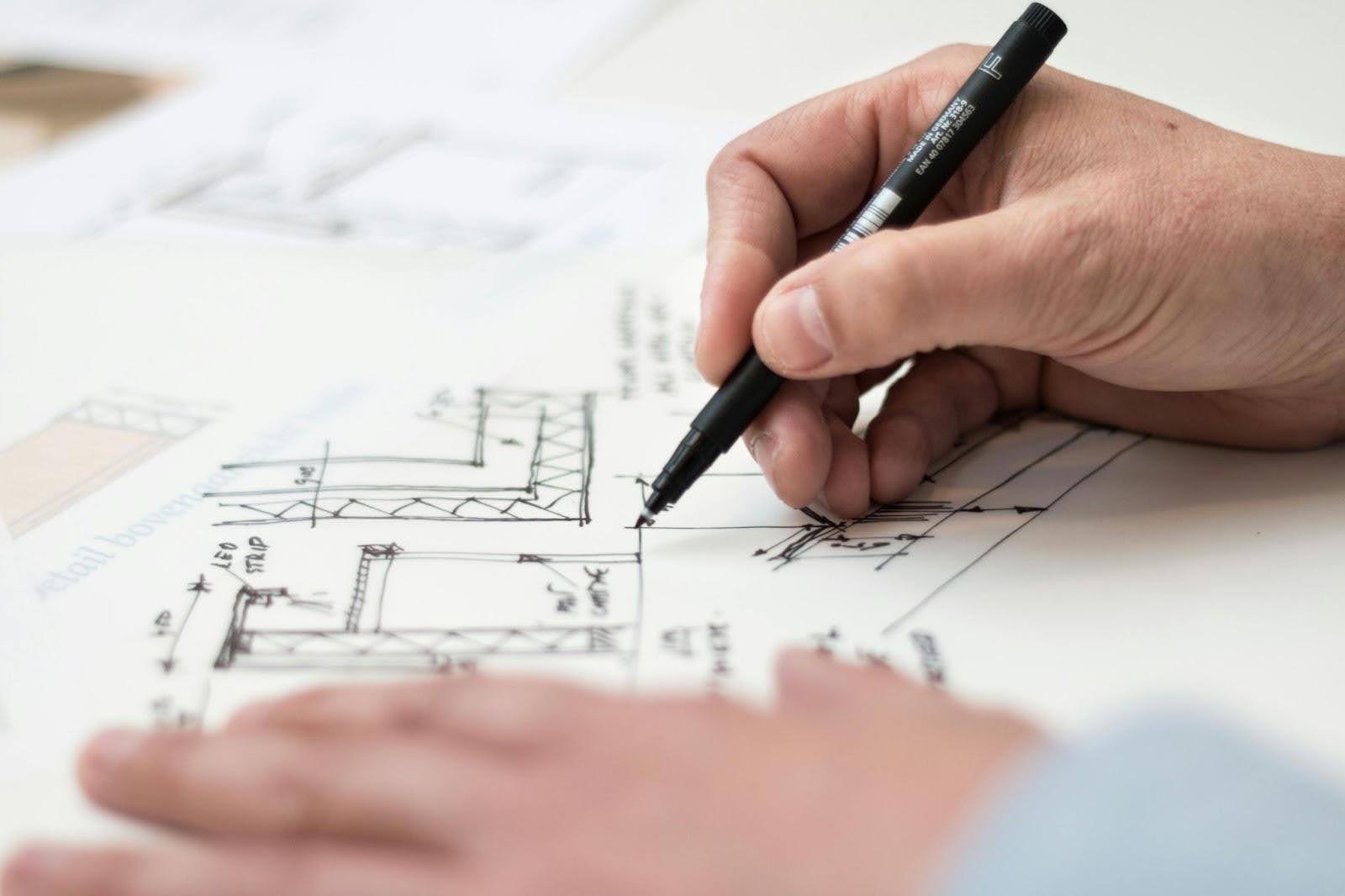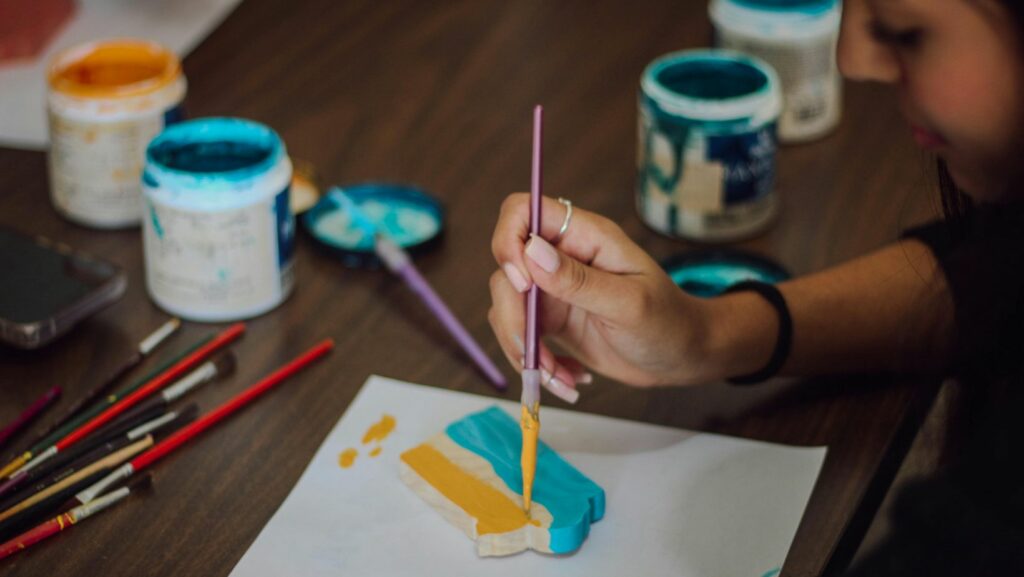The Best Fluffy Pancakes recipe you will fall in love with. Full of tips and tricks to help you make the best pancakes.

Drawing for the Absolute and Utter Beginner
Too many people assume drawing is a gift you’re either born with or not, and leave their visual voices behind somewhere in childhood. This mistaken notion robs millions of people of drawing’s delights: joy, relaxation, mental breaks and right brain workouts. It’s also a skill that you can take with you, and that has value beyond the creation of museum quality pictures. Whether you are looking to sharpen visual thinking, alleviate stress, practise communication skills or just relish a free-thinking idea or design, drawing can be a satisfying discipline.
Redefining Drawing Success
Traditional art education is obsessed with correct technique and getting everything to be “just right,” which results in idealized standards beginners aren’t equipped to fulfill. Instead, measure success by how good you feel, how much you have learned about seeing, and how much you have enjoyed your creative process — not by comparison with professional work.

Drawing helps to develop problem-solving skills, improves hand-eye coordination, heightens mindfulness, and provides meditative relief from digital screens. Those benefits can be had by anyone who wants to write with pen and paper, whether you’re pretty good at drawing and calligraphy or can barely hold a pencil.
Drawing Basics
Here are some basics to get you started:
- Contour: Draw the edges (or contours) of an object/figure, without shading
- Gesture: Capture movement in your subject with fast, loose drawings
- Shapes: Simplify complicated subjects into basic forms
- Observation: Learn to see in order to draw better
- Shadow and Light: Explore simple shading to create 3D effects
- Practicing often: develop the habit of sketching everyday as opposed to weekly long sessions.
Start with the easy cases and work your way up. Just as you learn card games stepping through the basic rules to strategic games such as blackjack online, drawing strength springs from foundation work up to advanced studies.
Developing a Lasting Practice
Establish a sustainable drawing practice. Stick to simple materials: only pencil, paper and eraser. The cost of supplies leads them to feel pressure to make something “worthy.”
Pick things that you find interesting personally — your coffee cup, your pet, your favorite room, something around your home. Human relationships enhance pleasure and attentiveness.
Keep a record of the plants’ progression with dated drawings. This visual history of progress helps motivate when you can’t see them being made on a daily basis.
Wrapping Up
Drawing for non-artists is not about professional illustration — it’s about access to human self-expression that improves observation skills, imagination and plain old good fun. Anyone who doodles in meetings or draws napkin directions has that basic instinct for visual communication. Persistence, practice can lead to hidden potential, lifetime enjoyment. Sketching is a journey of self discovery, not a competition to make pretty pictures. Your personal point of view is the star, and that results in drawings that are uniquely you.
